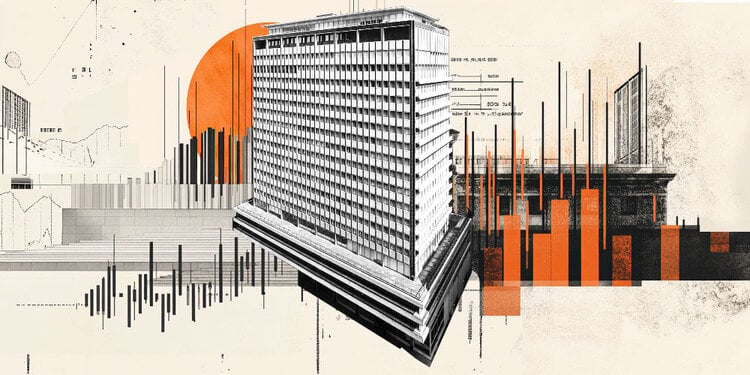Irina Protchenko, 68, sings the Ukrainian anthem while constantly working on her sewing machine in a small apartment in central Ukraine. She recently retired from a factory outside Kiev, where she spent 50 years sewing men’s suits and coats for giants like Hugo Boss and Lacoste.
She should be enjoying a life of leisure after decades of hard work. Instead, she is sewing bulletproof vests and balaclavas with her children and grandchildren for Ukrainians traveling east to protect their country from Russian invasion.
“I should sew tuxedos for weddings, not bulletproof vests,” she told CNN. Her sewing machine is propped up in the corner of the living room, surrounded by rolls of fabric, Velcro and cut-up car mats—supplies purchased by the family or donated.
“The biggest reward will be if one of these bulletproof vests saves the life of one of our own,” Protchenko said as he proudly held up a finished vest. With each finished vest, it counts as another victory for Ukraine.
If she works non-stop, she can make up to 10 vests a day. In the kitchen, Irina’s son-in-law, Evgeny, is sitting at his own machine, sewing blue and yellow armbands that Ukrainian security forces use to identify themselves. He makes up to 200 a day.
This family workshop is part of a larger production chain improvised and conceived by Vitaly Golovenko. Before the war, he was a lawyer and amateur actor depicting scenes from the First World War, when Ukrainian citizens fought Russian Bolsheviks.
Several days after the Russian invasion began, Golovenko asked Irina – his mother-in-law – to help sew armor when her son’s godfather couldn’t find a bulletproof vest before heading to the front lines. None of them had a real bulletproof vest to base their design on, so they used videos and photos from the internet to create the form.
The entire operation depends on donations, which came in the form of cloth, thread and some monetary donations from as far away as Saudi Arabia and Ireland. Everyone working on the project is a volunteer. The armor plates that go inside the vests are scrap salvaged from old cars and then welded together.
Golovenko brought the test plates to the firing range. The first board they tried was just 6 millimeters thick.
“You can see these bullets didn’t penetrate,” he said. “But (a) a sniper bullet and a machine gun bullet penetrated, so we decided on a thicker option,” Metla said.
They opted for 8mm thick sheets. Not very heavy, but capable of protecting against a variety of Russian munitions. Olretsky, an engineer who helps with the weld, received a subpoena the night before to take a stand. He hasn’t fired a gun in 20 years and his first grandchild is due in two weeks.
“What else can I do? If there’s a war, then I have to defend. It’s scary for everyone, but you still have to do it,” he said, his eyes filling with tears.
He’s spent the last few weeks soldering the old metal, hoping it will save a Ukrainian soldier’s life against Russian weapons. Little did he know, one of the vests he helped make may well be used to save his own life.
Source: CNN Brasil
I’m James Harper, a highly experienced and accomplished news writer for World Stock Market. I have been writing in the Politics section of the website for over five years, providing readers with up-to-date and insightful information about current events in politics. My work is widely read and respected by many industry professionals as well as laymen.







